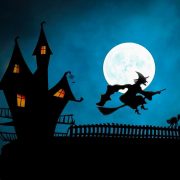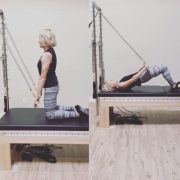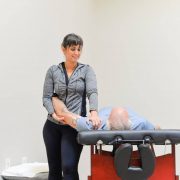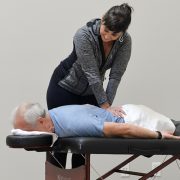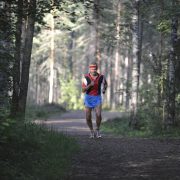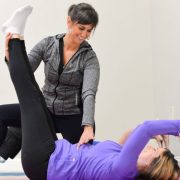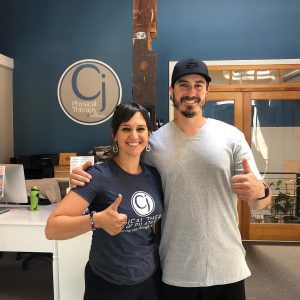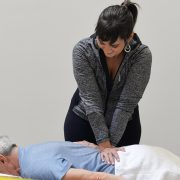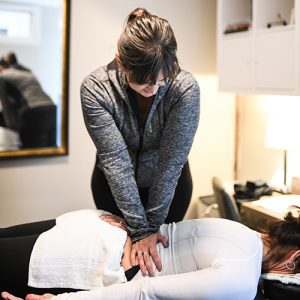Happy Halloween! Spooky Noises coming from your Knees?
“What are those cracks and noises coming from my knees? Is there something wrong??”
Our clients come in with this question all the time. They usually feel nervous and fearful that the noises they hear may indicate something more serious is going on within the joint. Is there damage occurring whenever they hear this sound? Do they need to avoid activities that provoke these symptoms? Will they need to rely on pain pills and surgeries in order to maintain their mobility if their joints deteriorate?
Crepitus refers to these clicking, popping, and creaking sounds that a large portion of the population experience on a regular basis. This phenomenon can occur at any joint, but is most commonly reported in the knees, shoulders, ankles, hips, and spine.
Although these noises often don’t produce any pain, they can cause anxiety. Individuals start to develop their own beliefs about what is going on, and ultimately alter their behavior to avoid these cracking or popping sensations.
What causes these noises?
Many structural factors can contribute to joint noises. Some of the most common are:
- Tendons rubbing along bony prominences (bumps on bones)
- Nitrogen bubbles popping due to pressure changes within the joint
- Small labral or meniscus tears that get caught or pinched as we move
However, we don’t have the luxury of utilizing x-ray goggles during our examinations. This means that we often cannot be certain of exactly which structures are creating these sounds. What we do know is they aren’t a reason to be highly concerned as long as they aren’t associated with pain or swelling in the affected joint.
How can I prevent it from getting worse?
The best way to prevent these symptoms is to keep moving!! Motion is lotion. Regular movement throughout the day allows our joints to lubricate themselves, kind of like applying WD-40 to a creaky door hinge. Additionally, it’s important to keep the muscles surrounding your knees strong and balanced. This helps to offload the forces through the joint, which limits “typical” wear and tear on cartilage and bony structures.
What if I’m noticing pain or inflammation in the joint that’s making these noises?
If you have a specifically noisy joint that’s also painful or swollen, it’s best to come in for a formal examination with a physical therapist – ideally someone who specializes in movement mechanics. We train you in correct, healthy movement that both relieves your body of pain in the short term and protects it from further damage in the long term.
If finding the solution to your problem is something you’re interested in, you can come in for a free Discovery Session at our practice in Portsmouth, NH! All you have to do is fill out this brief form here and we’ll contact you. Discovery Sessions are great for people who want to talk with a specialist about what might be causing their problem, and we’ll help you figure out what the next best steps are. Our goal is to give you all the information you need so that you can make the best decision for your health – without any obligation or commitment.
We also know not everyone is ready to commit to regular physical therapy appointments, and that’s why we offer free health and posture classes! These events are for people in our community who want really valuable, expert information about movement, pain, and overall wellness. We know it’s confusing out there with all of the information floating around on Google and Facebook, and this is a valuable first step towards getting some answers for your problem.
Hopefully you found this information helpful, and the only thing scaring you this Halloween will be haunted houses instead of the noises coming from your joints!
PS – If you found this information helpful, please share this with a friend or on your Facebook feed.

